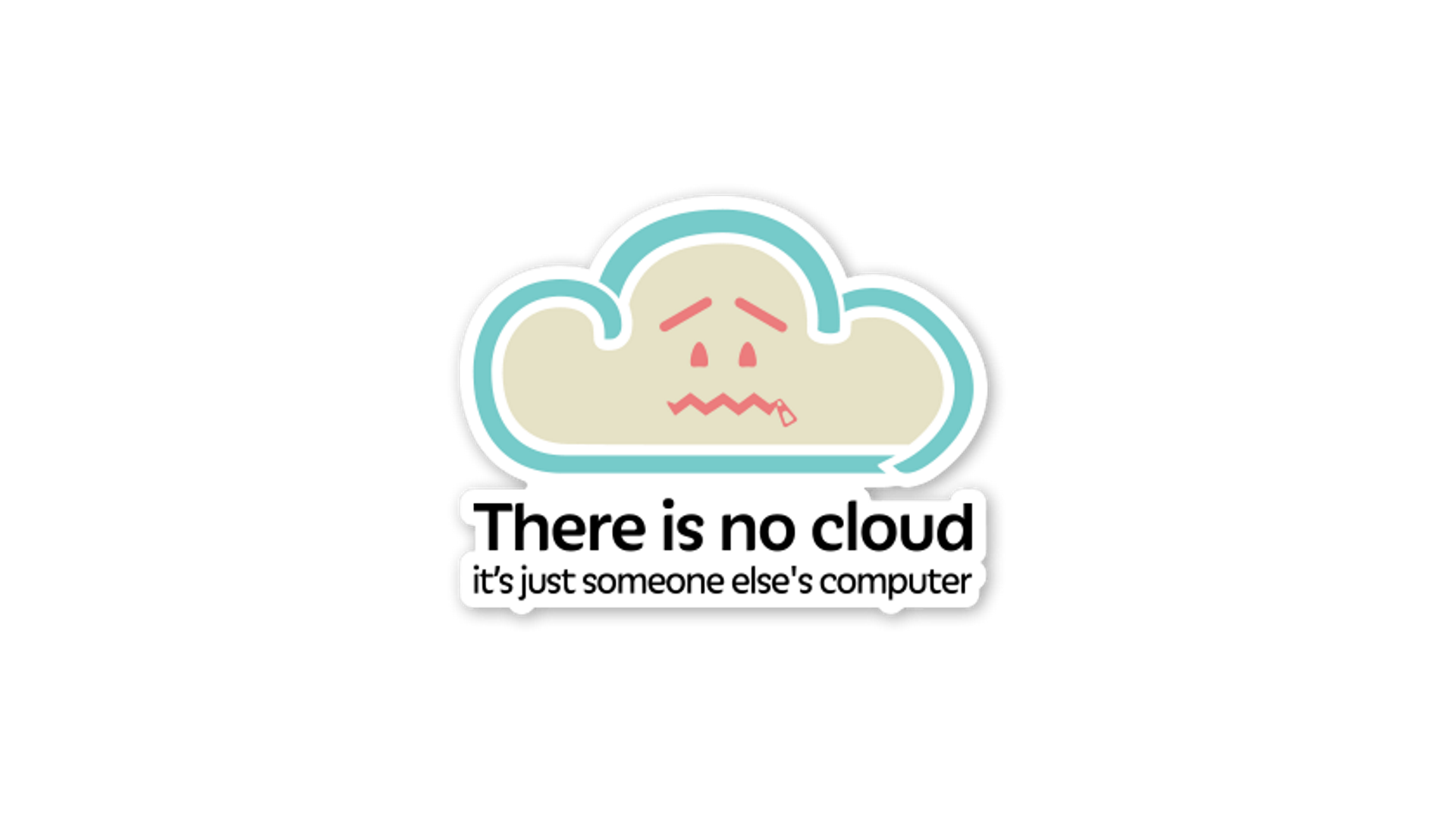
Introduction to Azure Stack
It’s a great time to run your business on the public cloud. Costs continue to drop, performance continues to improve, the user experience is good, and tooling continue to get more sophisticated.
But the public cloud still isn’t an option for everyone. Healthcare, finance, energy, and other highly regulated industries still prefer and expect to manage their own infrastructure for the foreseeable future.
Thankfully, managing private clouds and hybrid environments is easier than ever, thanks to Azure Stack.
There Is No Cloud”
Microsoft continues to build their products “cloud-first, mobile-first” while making sure the best bits are still viable on-prem. We’ve seen this converged model with recent server releases of Exchange, BizTalk, Dynamics CRM, and SharePoint. Instead of managing multiple codebases, Microsoft seems to abide the mantra “Dance like nobody’s watching; develop like there is no cloud.”
Azure Stack brings parity to a new level by taking the same Infrastructure-as-a-Service (IaaS) and Platform-as-a-Service (PaaS) capabilities found in Azure and making them available in your datacenter. It’s no secret that Azure relies on much of the same Hyper-V and System Center codebase that is available on Windows Server. Now they’ve packaged Azure’s orchestration and user interface into a single solution that allows anybody to run their own self-contained cloud.
This is good news for everyone managing data centers, whether by choice or by mandate. We get a proven cloud solution that provides the same functionality, scalability, and manageability that Microsoft has invested billions of dollars of R&D to develop.
The cost of admission? You probably already own the Windows Server and System Center rights through your Enterprise Agreement, making Azure Stack virtually free.
Azure Pack, Evolved
Does any of this sound familiar? Well, you may have heard of Azure Stack’s predecessor, Azure Pack. Microsoft introduced Azure Pack in late 2013, providing the following capabilities through centralized portals:
- Infrastructure services (VM administration, virtualized networks, and other software-defined infrastructure)
- Web platform services (website hosting and auto-scaling)
- Data platform services (SQL and MySQL automation, tables, and BLOB storage)
- Identity and access management (account automation and ADFS integration)
- Orchestration (VM templates, automated workflows, and a highly capable API)
Azure Pack provided two basic portals, one for administrators and another for self-service infrastructure automation. Use cases included spinning up dev/test servers, managing the software development lifecycle, and even running production services where business units (tenants) could accurately be charged on usage. One of its best features is the ability to deploy workloads either locally or to the public cloud, simplifying hybrid scenarios.
The Azure Pack platform required a bit of know-how to deploy. Because of its reliance on System Center, SQL, ADFS, and certificates, it took some organizations weeks or months to get up and running. But once installed, Azure Pack usually proved itself as the easiest way to manage turn-key infrastructure, whether local or in Azure.
Azure Stack builds on Azure Pack’s strengths and offers many improvements for both administrators and end-users. Most importantly, Azure Stack will offer more of the PaaS offerings that companies have come to rely on in Azure, such as service bus clouds. Workloads related to IoT, machine learning, and other microservices may become available through quarterly rollup packs. All of these are managed using the same Azure Resource Manager (ARM) patterns that businesses have gotten used to in the cloud.
Best of Both Worlds
If your business relies on complex, heavily-regulated workloads, Azure Stack is a great option. It offers a superior user experience, rock-solid performance, and is backed by the same technology that Microsoft runs Azure on, allowing you to stick with a familiar vendor. It works flawlessly with Linux, MySQL, and other open source technologies, offering a viable alternative to OpenStack and Cloud Foundry.
Whether you expect to stick with a pure private cloud or straddle a hybrid scenario, Azure Stack is definitely worth looking into. Azure Stack is currently available in Technical Preview. It will be launching along with Windows Server 2016 later this year.
